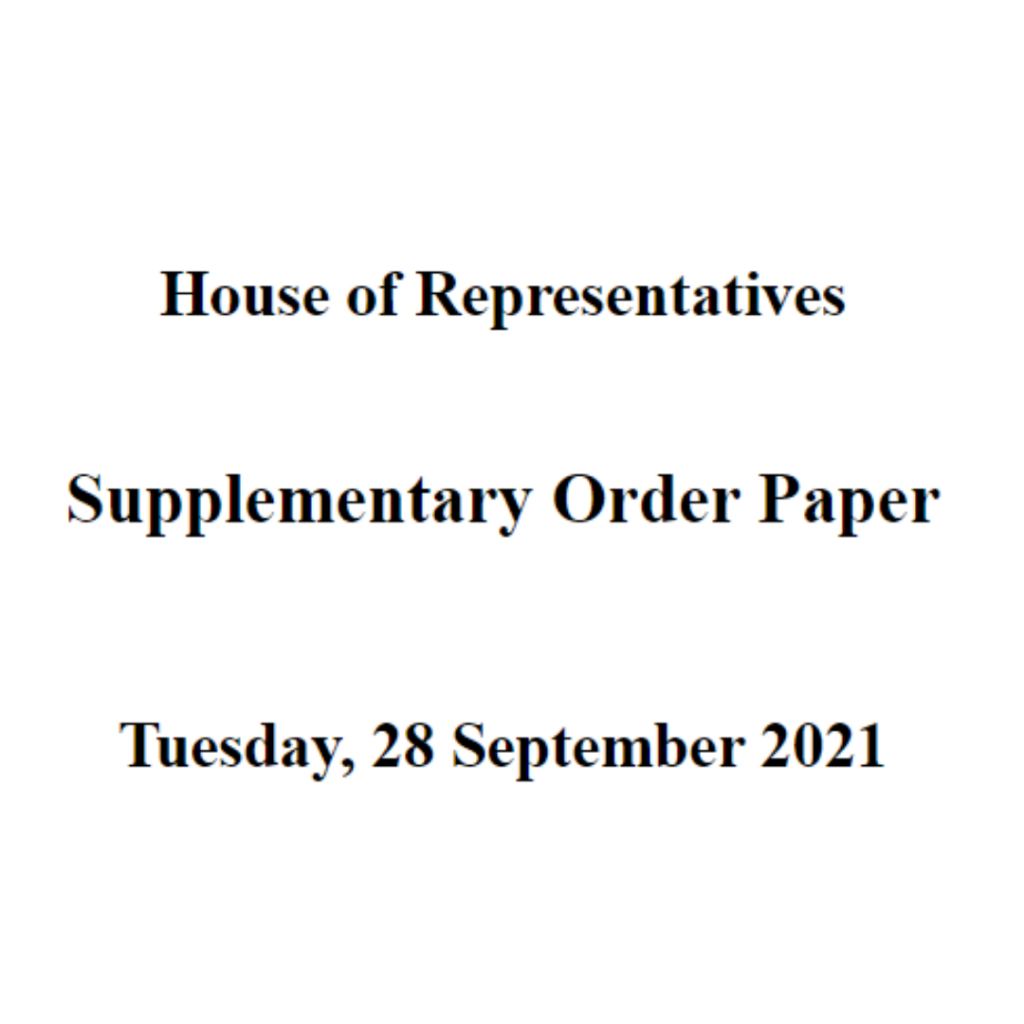Did we, or did we not, say on Tuesday morning, 28th September 2021, that there would be a SOP out sooner or later to cover the Interest deductibility (non-deductibility) proposal that was missing from the September Tax Bill. Later that day it arrived!
Interestingly, this SOP covers a few other things as well as Interest deductibility rules and the New Build Bright-line rules. See further below, but it remains a constant annoyance that there are ‘remedial’ changes to very recent legislation because they didn’t get it right the first time.
There are Information Sheets available on the Interest deductibility and Bright-line rule changes. You can find these documents here along with related papers, the ministers statement and the SOP itself.
INTEREST DEDUCTIBILITY – PHASING OUT
The Government have confirmed that the rules for interest deductibility will (with effect from 1 October 2021) limit interest deductions to 75% from 1 October 2021 to 31 March 2022, 75% for the 2023 year, 50% for the 2024 year and 25% for the 2025 year. Afterwards no interest deduction will be permitted for residential property. Exclusions will apply to property developers and for “new build land”. Commercial property owners (e.g. hotels, motels etc) and business premises will also not be affected along with farmland; Maori land, papakainga and kaumatua housing, and land transferred under a settlement under the Treaty; emergency, transitional, social and council housing; care facilities such as hospital and nursing homes; retirement villages and rest homes; employee and student accommodation and land outside New Zealand. While this list seems extensive, as a general rule these types of ownerships are either in charities (who would have no tax deduction anyway) or are large commercial operators. There is no mention of large purpose built long-term hold apartments in this list.
Mostly companies will be also be excluded from the rules unless their core business involves residential land, whereas close companies will be impacted.
A catch up deduction may be available on sale of a property, if that property is subject to income tax (but probably no more than the taxable gain).
NEW BORROWING
These rules apply for pre-existing properties, and not for borrowing post 27 March 2021 (with minor tweaking for contracted purchases made before 24 March 2021 which could not be cancelled).
Borrowing for new purchases will have no interest deduction from 1 October 2021 unless they qualify for an exclusion from the rules (as noted above).
REVOLVING CREDIT OR REFINANCING AFTER 27 MARCH 2021
Borrowing above 27 March 2021 borrowing levels will fall into the ‘new borrowing rules’, pre-existing borrowing will qualify for the phasing out timetable.
NEW BUILD LAND EXCLUSION
One of the key exclusions is for “new build land”. This will allow an owner to secure tax deductions on their interest for 20 years from code of compliance (or similar), regardless of whether they are the first or subsequent owners of the property. The definition of “new build land” covers new dwellings on land, and existing hotels or motels converted to residential.
We think that other commercial land like office buildings converted to residential should also be included. Previous commentary suggested that to qualify there had to be added new residential accommodation and not merely replacing one house with another. It is not clear from the legislation if that intention has been captured (but if not, there can always be a remedial retrospective adjustment).
[Update – 18 October 2021] Strangely, the new rules for “New Build Land” will be backdated to 27 March 2020 (not 2021). Our original blog published on 29 September 2021 incorrectly referred to 2021. Any new Code Compliance Certificate (CCC) issued on or after this date will qualify for the “New Build Land” rules. Clearly the Government is signalling that investing in new housing stock is an acceptable investment (good), and investing in older housing stock (presumably at a lower value) is not (bad).
Note that the new build need not be built on site, and can include relocated homes, prefabs and does not need be made of new materials.
BACK TO THE FUTURE – 5 YEAR BRIGHT-LINE
As promised in March this year when the Government brought in the new 10-year Bright-line rules, also included in the SOP are complex plans for a 5-year Bright-line rule for “new build land”. See above. This is designed to continue to induce investors to increase the stock of residential property, with the double promise of only having to hold for 5 years (not 10) to secure capital gains tax free and also to maintain interest deductibility.
MORE CHANGES TO THE MAIN HOME EXCLUSION
The Government proposes to change the treatment where the Main Home portion is smaller than the balance of the property used as a rental. Previously, the rule looked like it would not allow the Main Home exclusion for the smaller area. The SOP intends to specifically allow the Main Home exclusion regardless of size, while still retaining the ability to tax the other portion of land. This will be backdated to cover both the new 10-year rule and the new 5-year rule.
ROLLOVER RELIEF
For a while now the Government have hinted at rollover relief where residential property is transferred between associated people where the true ‘ownership’ does not effectively change. This includes individuals to trusts, owners to Look Through Companies and vice versa, and between partners and partnerships.
However, all is not as pretty as one would hope. It seems more likely that the rollover relief applies only to the timing of purchase (or deemed purchase) rolling forward, whereas if there is taxable profit to the transferor under Bright-line that profit will still be taxable. That’s like half a roll but not all the way over.
It also looks like some tricky qualifying rules, especially for Trusts, so if you fall into this category, make sure you qualify. And note the effective date of these changes will not be until around late March 2022.
OTHER CHANGES AND REMEDIAL MATTERS
The new Company loss continuity rules are being corrected, as the new legislation does not provide for the policy intent.
New FBT rules to reduce employers paying the top FBT rate when few if any employees earn more than $180,000. This is where employers use the simplified flat maximum FBT rate (to save time and costs in calculating FBT). However, this rate is now 63.93%. The SOP proposes for the current tax year onwards to allow a new flat rate of 49.25% for all employees where their “all inclusive pay” is under $129,681. The higher rate of 63.93% would apply where the salary was greater.
As with all our blogs, this is our interpretation and our views. Things may change before the legislation is passed, and going on past experience will likely change afterwards as well. Therefore, always seek fact specific advice on your situation.
If you have any questions, you are welcome to contact us on [email protected].








